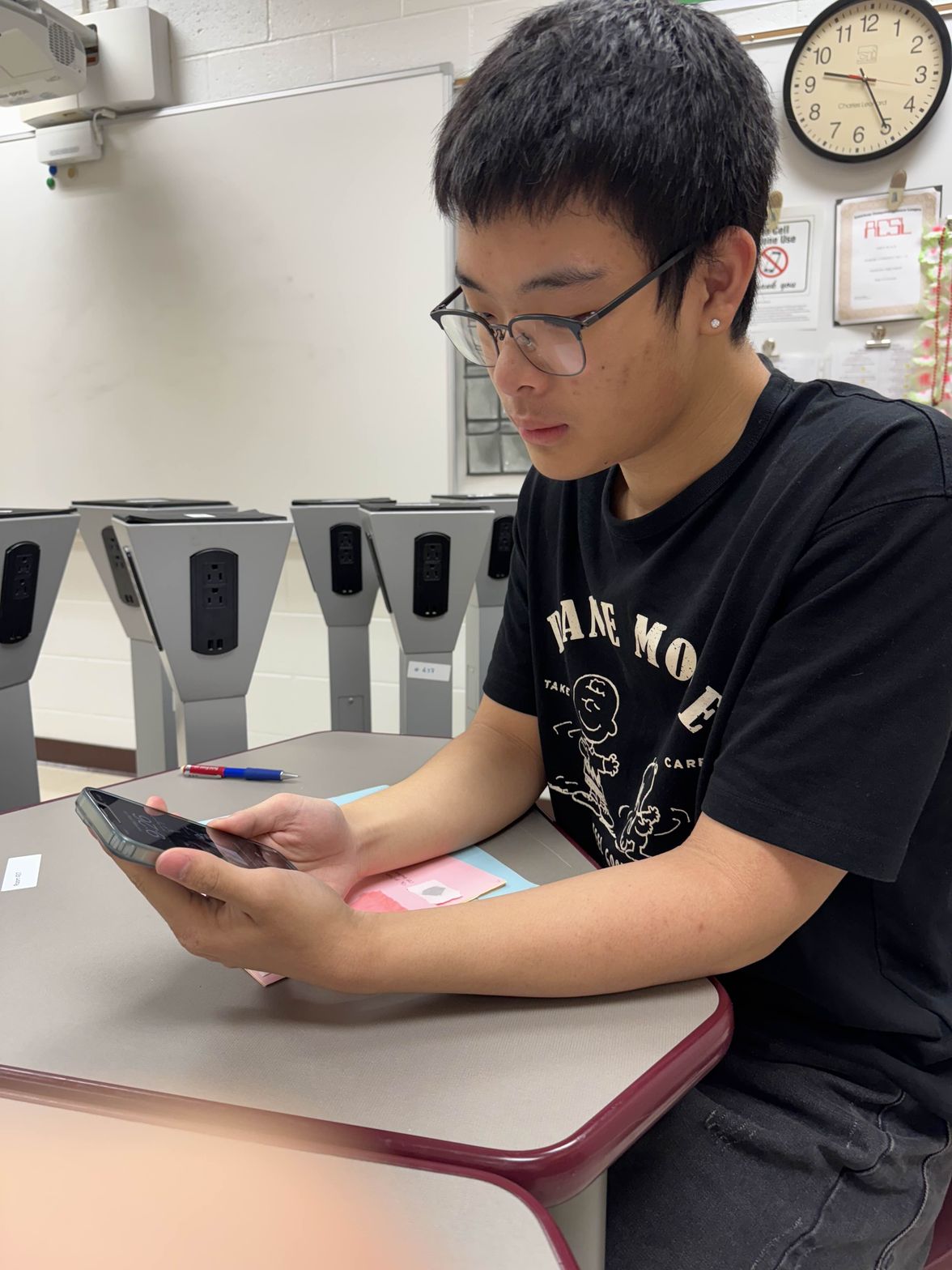About theResearch Archive
A digital archive preserving the genetic heritage of South Asia, created by a young researcher passionate about population genetics and anthropological preservation.
Researcher Biography & Mission Statement
RESEARCH BACKGROUND
As a high school student fascinated by South Asian genetics and anthropology, I embarked on creating this digital archive to better understand the genetic diversity of my ancestral region. Through self-directed study of population genetics papers and datasets from laboratories worldwide, I've developed this comprehensive resource.
ARCHIVAL MISSION
This archive serves to organize and preserve crucial genetic research about South Asian populations, making it accessible to students, researchers, and communities often underrepresented in major datasets. The focus is on creating a scholarly resource that bridges academic research with public understanding.
ACADEMIC INTERESTS & ACHIEVEMENTS
- • Population Genetics
- • Ancient DNA & Archaeology
- • South Asian Anthropology
- • Digital Preservation
- • AP Biology: 5
- • AP Statistics: 5
- • AP World History: 5
- • Roblox Developer Award
Archive Mission & Purpose
EDUCATIONAL ACCESS
Making complex population genetics research accessible to students, educators, and curious individuals worldwide through visual and interactive presentations.
COMMUNITY REPRESENTATION
Highlighting genetic diversity of communities often underrepresented in major genetic studies, preserving their heritage for future generations of researchers.
DIGITAL PRESERVATION
Creating a permanent digital repository of South Asian genetic research, ensuring this knowledge remains accessible for academic and educational purposes.
Technical Implementation
Next.js 15, React, TypeScript, Tailwind CSS with vintage archival styling
R, Python, PLINK, ADMIXTURE analysis for population genetics
EB Garamond, Alegreya, Noto Sans Devanagari for scholarly appearance
Research Acknowledgments
- • Harvard Medical School (Reich Lab)
- • Centre for Cellular and Molecular Biology
- • Indian Statistical Institute
- • Broad Institute of MIT and Harvard
- • David Reich (Harvard Medical School)
- • Priya Moorjani (UC Berkeley)
- • Kumarasamy Thangaraj (CSIR-CCMB)
- • Partha P. Majumder (ISI Kolkata)
Contact the Archive
For inquiries about the research archive, collaboration opportunities, or questions about specific datasets, please reach out via email.
